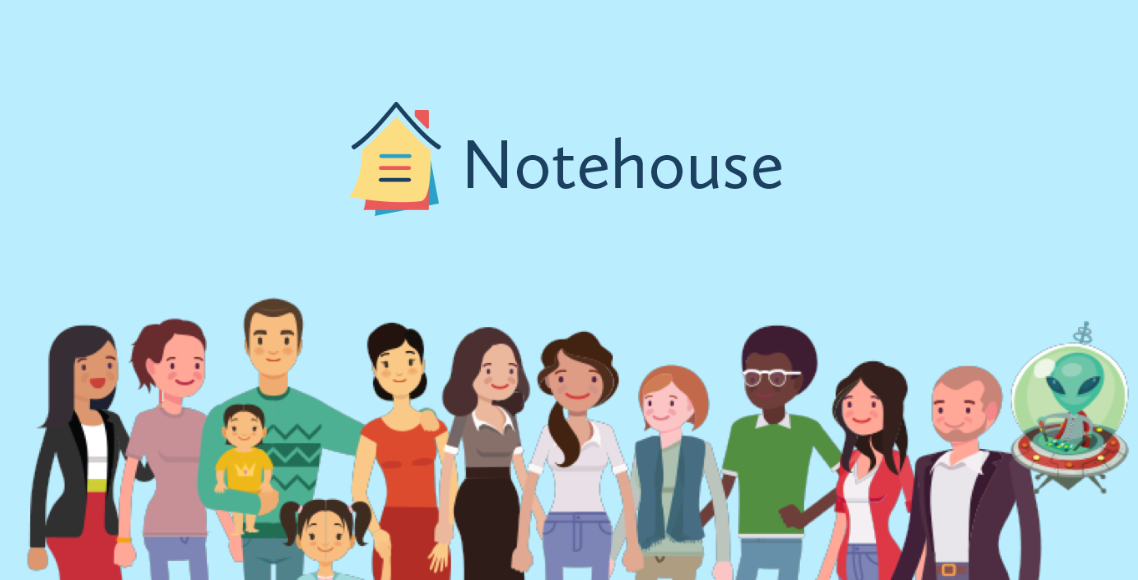How to Implement an Efficient Note-Taking System
.png.png)
When you work in human-centered services, you face complex interactions every day. Between clients, colleagues, and the cacophony of distractions in your personal life, you might feel up to your knees in responsibilities. Thankfully, good notes can help you stay on track—but only if you commit to a consistent and efficient note-taking system.
However, while notes can be a beacon that guides you through complicated professional challenges, bad ones can also be a frustrating pile of decontextualized snippets. How can you elevate your note-taking routine into a clear process that enhances productivity and reinforces connections?
If you’ve debated whether it’s time to revamp your note-taking process, don’t wait any longer. This is your opportunity to learn how to build a personalized note-taking system and use it to redefine your professional landscape.
The Raw Power of the Humble Note
A good note-taking system begins with understanding what makes notes so useful. Notes are the unsung heroes of many professions, but human-focused services couldn’t function without them. And it’s not just the information notes hold that gives them purpose. Even jotting a thought down (whether you later reference it or not) can greatly impact how you absorb information.
The key here is conceptualization. When you write notes verbatim, you process the ideas less. According to one study, notetakers who copied a lecture exactly performed significantly worse than those who reframed the discussion. Those who performed poorly were also laptop users—65% of whom wrote the lectures verbatim.
Don’t let the keyboard be a crutch or a barrier between you and the client. The true power of a note is in how it charts your own thought process. Research suggests that taking organized (not verbatim) notes using a note-taking strategy improves recall, deepens understanding, and may even help you make connections between different ideas.
But everyone’s note-taking tactics are a little different. What works for a person with excellent recall may not work for someone struggling to divide their attention between their keyboard and the client. This is where we take the first step in the system-building process: personalization.
Step 1: Tailor a Personalized Note-Taking System
A personalized note-taking system is more than a collection of notes written “your way.” It's a carefully designed framework that encourages consistency and aligns with your thought process while still being clear to outsiders. You can create color codes, invent your own shorthand, or design templates for different contexts. The goal is to create a system that keeps you accountable and makes it easier to recall, understand, and share what you know.
The Stanford Learning Lab points out that the best note-taking system is the one that makes sense to you. They suggest considering how color coding, formatting, symbol keys, and other guidelines will provide structure and clarity. Try customizable tags to define organizing principles built around your personal system. By tagging notes in a way that fits your thought process, you’ll be able to easily search, recall, and understand vital information without getting lost.
Step 2: Select the Ideal Tool for the Task
The second step in crafting an efficient note-taking system is choosing the right tool for the job. A note-taking platform that adapts to your strategy (not vice versa) can help you commit and stay consistent. More importantly, a digital tool that synergizes with your tactics will make your notes faster to access, more comprehensive, and exponentially easier to understand.
You’ve probably long since ditched the pen and paper for a mouse and keyboard. But does your current note-taking app enhance your system, or does it hold you back? Note-taking tools shouldn’t make your natural process more difficult. Look for tools with searchable, sortable, and organized narrative notes. These remind you of the “story” you’re writing for each client, helping you track interactions, meetings, and appointments with minimal effort.
Step 3: Execute and Stay Consistent
Step three is all about sticking to the plan. This is where the rubber meets the road, and you’ll quickly find a lot of friction during the crucial early days. You might discover your strategy is too ambitious; your personalized system seemed to suit you at first, but now it feels foreign. You’ll need to determine whether these are growing pains or red flags.
Remember, it takes time to build habits. Just like a two-finger typist may initially go slower while learning the proper form, you’ll also need time to adjust to your new system.
Step 4: Review and Refine
So, your note-taking system is in full swing, and the cracks have begun to show. Good news! This was always part of the plan. No system is perfect from the start, and your needs may change over time. Regularly reconfiguring to meet new requirements is the cornerstone of an efficient note-taking system. That’s not to say you should turn on a dime. Give any adjustments time to prove their mettle, test out any changes, then tinker with the details.
Also, consider setting aside weekly time to review your notes and assess how it’s going. Search for patterns, recurring themes, or even gaps in your process. Are there places you often struggle to recall details? Are there topics that should connect but don’t? Use these insights to refine your system and make it even more effective.
Your Note-Taking System Sidekick
Creating an efficient note-taking system is not a one-and-done deal—it’s a continuous process that takes consistency and flexibility. With the right approach and tool, a personalized system can completely transform your work in human-centered services.
Notehouse provides the adaptable foundation you need to execute a tailored note-taking strategy. As a platform designed specifically for human services professionals, Notehouse offers a user-friendly interface, customizable tags, and a host of features that help you put your humans first.
So, why wait to revamp your strategy? Start your note-taking transformation with Notehouse today!
.png)

.png.png)
.png.png)
.png.png)